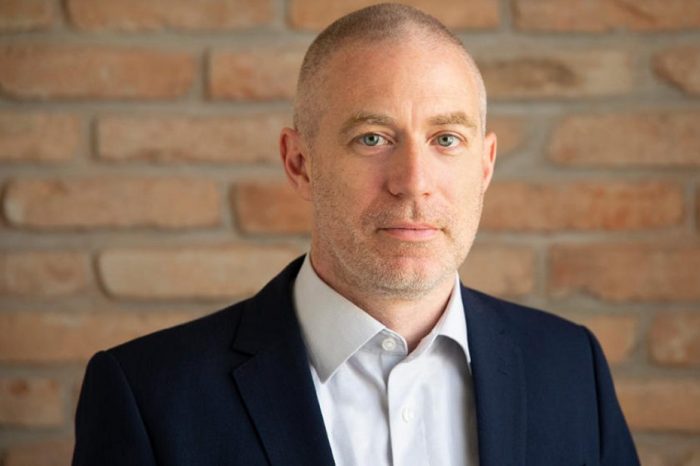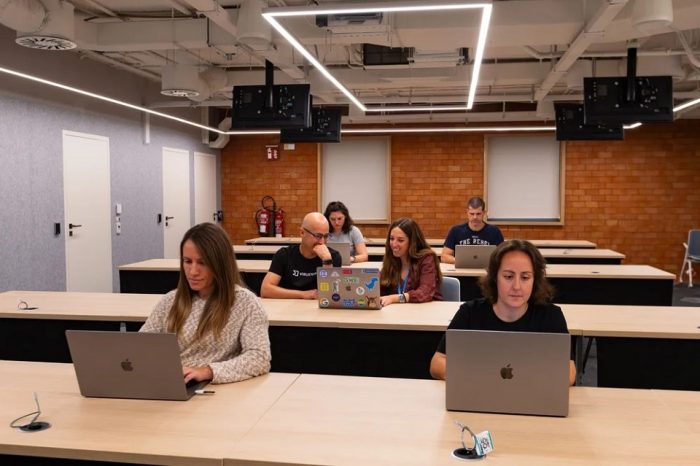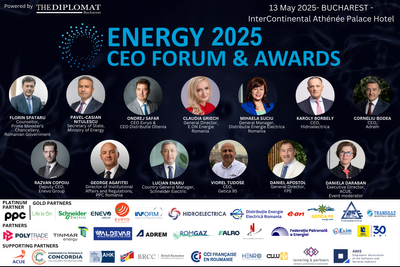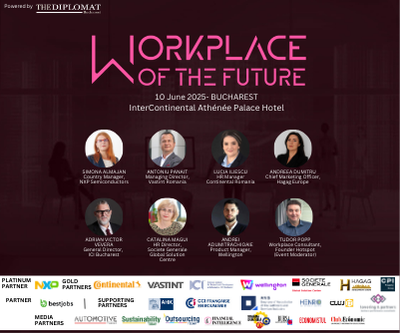Inclusion: Awareness is good, training is better
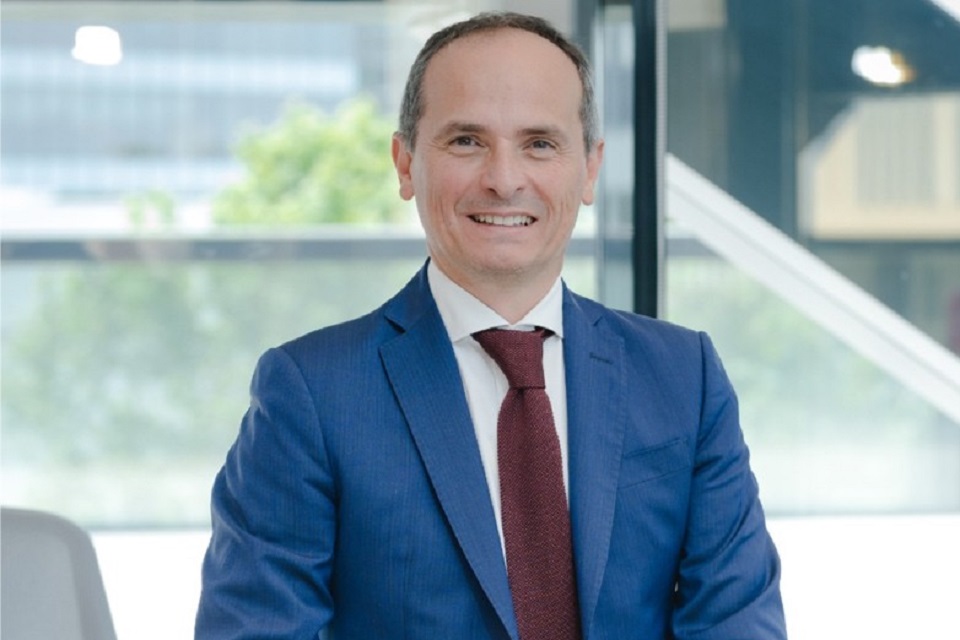
- Adecco’s Global Workforce of the future research examines the world of work through the lens of 30,000 workers from 23 countries across multiple industries, spanning entry-level workers to senior executives.
- The report evaluates employers’ efforts in providing an inclusive and diverse work environment. Yet 60% of business leaders feel they need help in advancing further in this field, so do managers on 58% and non-managers on 48%.
- Lower-income workers are less likely to feel that their workplace is inclusive, or that they are able to speak up (59%) versus high-income workers (67%). They’re also less likely to receive D&I training (58% vs 65%).
Workplace inclusion is moving in the right direction, according to research done by Adecco: the majority of workers have a favorable perception of the progress employers have made in promoting diversity and inclusion in recent years.
Francesco Zacchetti, Country Manager Adecco Romania, states: “Inclusion and diversity have always been part of Adecco’s identity, and this aspect will always be a significant foundation for us. The integration of all employees into the workforce should become a reality regardless of age, race, religion, sexual orientation, political affiliation, or disability. According to our report, it is encouraging to see that 64% of the surveyed Romanian employees believe their employers are currently making greater efforts for inclusion than they did 2-5 years ago. This should be an inspiring moment for every employer on the market, as things are heading in the right direction, but there still is much more to be done.”
An inclusive workplace is an employer’s responsibility
Leaders recognize the need to increase diversity and inclusion in the workplace, but face challenges in implementation. While research reveals that most workers believe that creating an inclusive environment is the responsibility of their employers (59%), business leaders express a willingness to do more in this regard. However, many admit that they need help to achieve this (60%). In this context, the implementation of training or coaching programs for leaders could help, providing necessary tools and knowledge to foster a diverse and inclusive work environment.
Lower-income workers often find that their workplace falls short in meeting their needs, both financially and inclusively. Not only do they perceive a lack of attention to their financial concerns (34% lower income vs 43% higher income), but they also feel less included and empowered to voice their opinions. The disparity extends to diversity and inclusion (D&I) training, with lower-income workers being less likely to receive valuable guidance necessary for fostering an inclusive workplace. This reveals a significant gap in support, where financial assistance may not be effectively reaching those who need it the most, and the absence of inclusive practices and training further exacerbates the challenges faced by lower-income employees in articulating their needs within the professional environment.
Companies have made progress in implementing inclusive practices by making jobs more flexible to meet the needs of their workers, but this progress has yet to be felt equally by everyone. 60% of workers surveyed agree that their agency or employer has improved in creating a safe workspace for people of all backgrounds compared to 2-5 years ago. In addition, 62% of respondents feel they work in an environment that is inclusive and diverse.
Progress on inclusion in the workplace reflects positive change, but more support is needed from companies to ensure that diversity and inclusion reach all employees equally. Adecco’s research underlines the importance of employers focusing on these issues to create more inclusive and healthy work environments.


